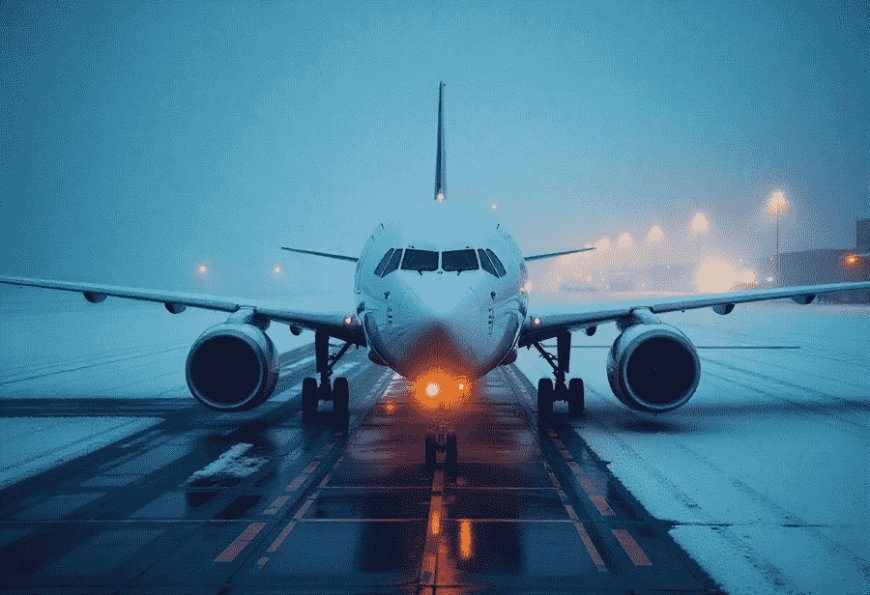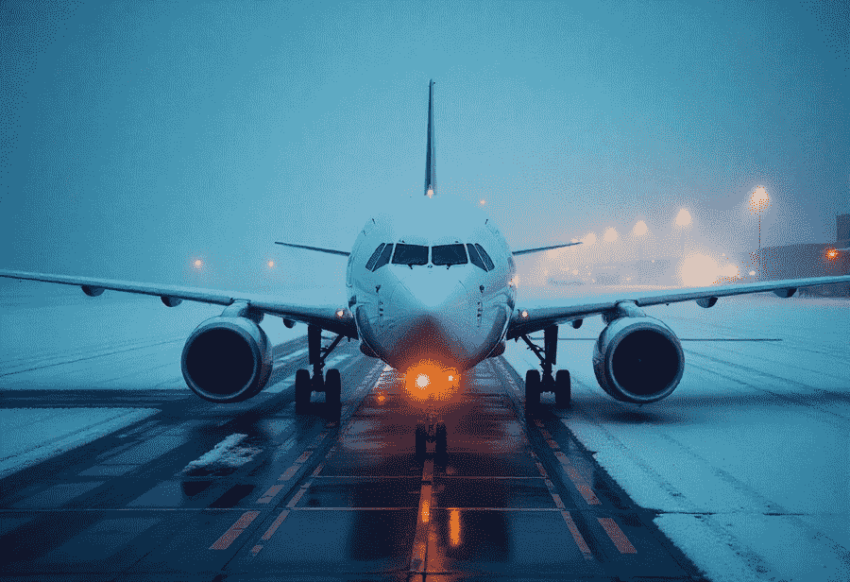Thailand And Malaysia Amplify Southeast Asian Travel Flows As Batik Air Integrates Subang Into Its International Network With Direct Bangkok And East Malaysia Connections


Thailand and Malaysia are significantly boosting Southeast Asia’s cross-border travel connectivity as Batik Air introduces new international routes from Subang Airport, Kuala Lumpur. By launching direct flights to Bangkok and destinations in East Malaysia—including Kuching and Kota Kinabalu—Batik Air is not only expanding Malaysia’s aviation footprint but also reinforcing Thailand’s role as a regional tourism and business hub. This strategic integration of Subang into the international network marks a deliberate move to simplify intra-ASEAN travel, improve regional mobility, and fuel tourism, trade, and cultural exchange between two of Southeast Asia’s most dynamic economies.
Batik Air has made a significant move to grow its regional and domestic reach by introducing its inaugural international route from Sultan Abdul Aziz Shah Airport, also known as Subang Airport (SZB). connecting Malaysia directly to Bangkok. This new route marks a significant development in the airline’s strategy to enhance travel accessibility from Subang, offering travelers more efficient options for both regional and domestic journeys.
The inaugural Subang Bangkok flight was celebrated with a brief but meaningful ceremony at SZB, signaling the airline’s intention to position Subang as a central aviation hub for the Klang Valley. With travel demand steadily increasing, Batik Air is responding with more point-to-point connectivity that caters to both leisure and business travelers.
This Bangkok launch is not just another international addition; it sets a new precedent for Subang Airport, which has long focused on domestic travel.This development marks the beginning of Batik Air’s efforts to establish Subang as a key hub for short-distance international travel. Located just 20 minutes from central Kuala Lumpur, the airport provides a faster and more convenient alternative to Kuala Lumpur International Airport (KLIA), especially for those who prioritize time savings and quick access.
Simultaneously, Batik Air introduced another major route: Subang to Kuching. This new service strengthens connectivity between Peninsular Malaysia and East Malaysia, allowing for easier travel between the Klang Valley and Sarawak’s capital city. Kuching, with its rich culture and natural beauty, remains a vital destination for domestic tourism and business, and the direct flight from Subang significantly reduces the travel burden for those based in or near Kuala Lumpur.
Batik Air’s expansion from SZB now includes five direct destinations: Bangkok, Kuching, Penang, Kota Bharu, and Tawau (via Kota Kinabalu). The airline’s increasing footprint in Subang demonstrates its commitment to making regional and domestic air travel more accessible, more efficient, and more aligned with the evolving needs of modern travelers.
Travelers increasingly seek quicker boarding, easier access to terminals, and shorter travel times from the city center. Subang Airport’s location near key districts like Shah Alam and Petaling Jaya makes it an ideal choice for travelers across the Klang Valley. Thanks to its efficient layout and lighter traffic, Subang Airport delivers a quicker, hassle-free travel experience compared to the busier KLIA.
The Bangkok route opens new possibilities for Malaysian travelers looking to explore one of Southeast Asia’s most dynamic cities. From shopping and cuisine to nightlife and culture, Bangkok continues to attract both repeat and first-time visitors. A direct flight from Subang dramatically improves accessibility to Thailand for Malaysians and encourages more frequent cross-border travel. Likewise, Thai travelers now have an easier pathway into Malaysia, especially to Selangor and the greater Klang Valley region.
At the same time, the Kuching service caters to the increasing passenger flow between West Malaysia and East Malaysia. With cultural events, eco-tourism attractions, and increasing economic activity in Sarawak, Kuching is a crucial link in Malaysia’s domestic travel network. The convenience of flying directly from Subang means more travelers can explore East Malaysia without the added time and cost of transiting through KLIA.
The expansion also supports broader tourism goals. With national and state tourism bodies preparing for major tourism years in 2025 and 2026, improved air access is a key priority. Subang’s increased connectivity aligns with plans to draw more tourists to Selangor, Sarawak, and other regions by making travel more direct and efficient.
Batik Air’s decision to grow its operations from Subang is part of a larger shift in Malaysia’s aviation landscape. As demand grows for mid-sized airports that offer city-close convenience, Subang Airport is being revitalized as a central hub for regional and short-haul international travel. This strategy not only reduces pressure on KLIA but also creates more balanced infrastructure usage and fosters economic development in surrounding districts.
The new Bangkok and Kuching flights also create fresh opportunities for tourism-linked businesses, including hotels, tour operators, restaurants, and retail establishments in both Selangor and the destination cities. Increased flight options often lead to longer stays, more spending per traveler, and stronger local economies.
For passengers, these new routes reflect a customer-first approach. Travelers can now avoid lengthy airport transfers, bypass longer waiting times, and fly directly from a conveniently located urban airport. The overall experience becomes faster, smoother, and more aligned with modern travel expectations.
In the long term, Batik Air plans to add even more routes from Subang, reinforcing its vision of creating a secondary gateway that complements KLIA rather than competes with it. The airline aims to offer travelers an extensive network that balances affordability, convenience, and choice.
By continuing to invest in Subang Airport, Batik Air is not only enhancing its own network but also playing a crucial role in shaping the future of air travel in Malaysia. With faster regional access, stronger domestic ties, and a growing list of direct destinations, Subang is emerging as a vital player in Southeast Asia’s aviation landscape.
Thailand and Malaysia are enhancing regional travel by enabling Batik Air to integrate Subang Airport into its international network, launching direct flights to Bangkok and East Malaysia to boost tourism, streamline connectivity, and strengthen intra-ASEAN mobility.
As more passengers choose faster, more efficient ways to fly, Batik Air is well-positioned to meet demand and lead the transformation of regional air travel. The airline’s latest expansion affirms its dedication to delivering seamless journeys across Malaysia and beyond, ensuring that travelers can move more freely, quickly, and comfortably than ever before.
The post Thailand And Malaysia Amplify Southeast Asian Travel Flows As Batik Air Integrates Subang Into Its International Network With Direct Bangkok And East Malaysia Connections appeared first on Travel And Tour World.






